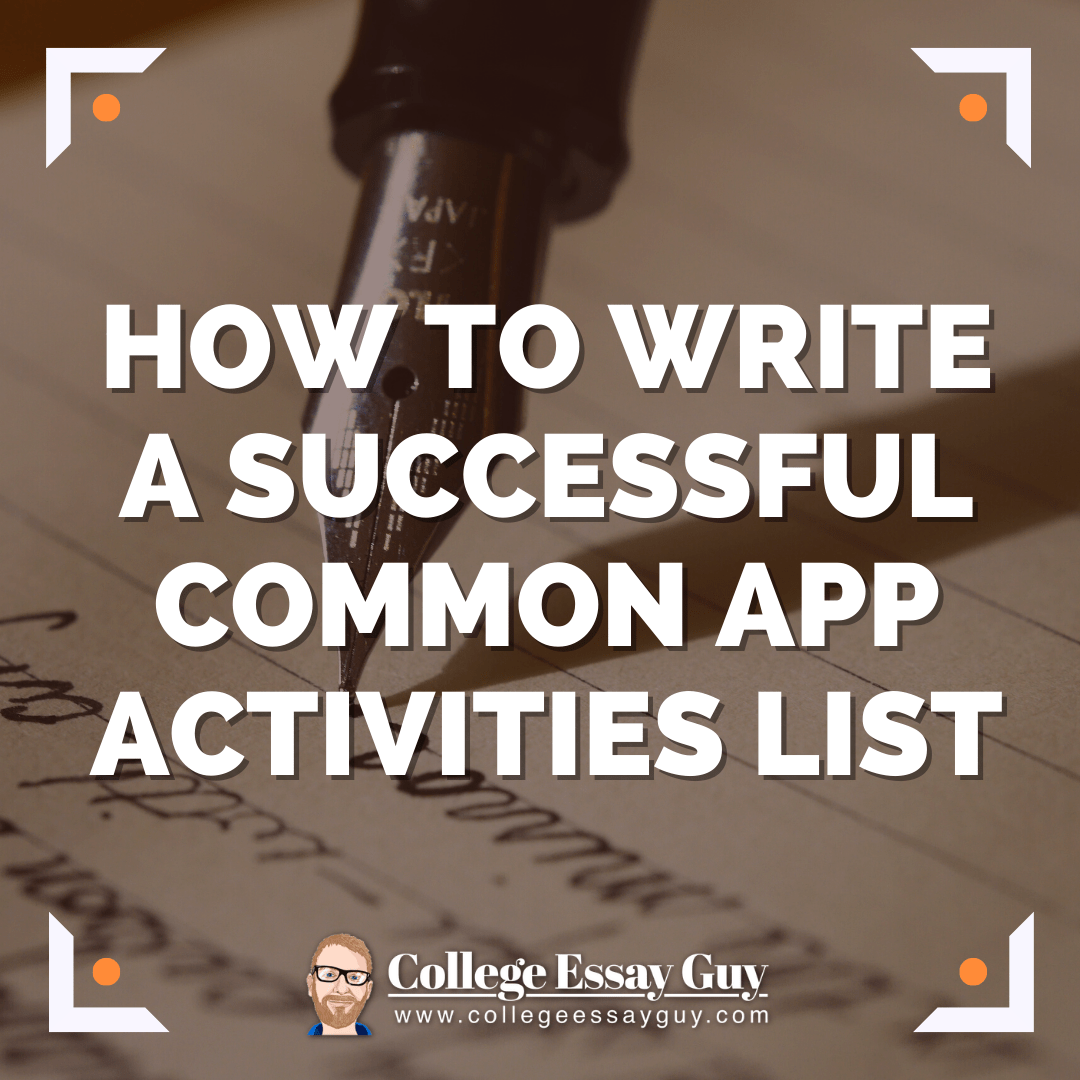TABLE OF CONTENTS
- How do you qualify as a first generation college student?
- Are all first-generation students low-income?
- Who qualifies as a low-income student?
- Seven Tips for Students Who Identify As First-Generation and/or Low-Income
- A First-Generation, Low-Income Student Shares Her Experience Applying for College
- You Don’t Know What You Don’t Know Until You Get There
- Questions to Ask When Applying To College as a First-Gen or Low Income Student
- How can I get one-on-one mentorship if I am a first-gen or low-income student?
- Fly-In Programs
- Advice for Students Unable to Visit Campus
Written with Charlotte West, with thanks to Matt Rubinoff (Strive for College & I’m First!) and Jamiere Abney (Colgate University) for their contributions.
How do you qualify as a first generation college student?
The definition of a first generation college student is that you’ll be the first in your family to attend college. This means you may not be able to ask your parents about navigating the college application process and you might be the one explaining things like financial aid to them.
“It doesn't stop there,” notes Amanda Miller, the counselor and expert who helped write the financial aid sections of this book. “Once on campus speed bumps continue to pop up. My sister had no idea how many ‘credit hours’ would be a good idea, so she signed up for 21 credit hours her first semester. (That's a LOT.) That lesson almost prompted her to quit before she realized others weren't taking nearly as many classes. These easily preventable setbacks can make the whole college experience a bit more daunting for first-gens.”
Around a third of all college freshmen are first-gen, according to the National Center for Education Statistics. Intersectionality here is important, too. Many first-generation students are also low-income and many are students of color.
Students who aren’t eligible for Pell grants can still struggle to cover the cost of higher education. Research shows a widening gap between financial aid and rising costs of living, especially in cities with expensive housing markets. (Check out researcher Sara Goldrick Rab’s book, Paying the Price, for more about this.)
- Lauren Schandevel, University of Michigan
Seven Tips for Students Who Identify As First-Generation and/or Low-Income
Look for colleges that have need-blind admissions, but be aware that not all need-blind policies are created equal. Need-blind admissions don’t consider financial need in their decisions. But they won't necessarily offer loan-free financial aid. Some colleges guarantee all students full loan-free financial aid. Check with the specific colleges on your list to get a detailed picture of the financial aid they might offer you.
Look for colleges that offer programming for first-generation and low-income students. These might be mentorship programs, orientation programs, or a dedicated office that offers resources to these students. The “I’m First! Guide to College” is full of these--ask your counselor to order it or buy it yourself! It’s worth it.
If you don't understand something about the college application process--or something seems weird once you get on campus--don’t be afraid to ask about support for first-generation students. Admission officers and other college staff want to help, but they may not know you’re struggling!
Know you’re not alone. Many first-generation and low-income students are afraid to talk about their experiences. But around one-third of all college students are first-generation and/or low income.
Ask the admissions office if there are application fee waivers for first-generation and low-income students.
Find your people before moving onto campus. Look online or call your admission officer (who will likely direct you to student services) to identify five different offices or people on campus who you can turn to when you hit a speed bump. These "free" services might include Residence Life, Professors and Academic Advisors, a Student Success Center, Career Services, an LBGTQ+/Diversity Center, or the Counseling Office. Because these services are built into your tuition, it's silly not to use them.
Your experience as a first-generation or low-income student can be a powerful personal statement topic. Counselor Amanda Miller notes,“It doesn't need to be your entire essay, but don't be afraid to share how your experiences--including being first in your family to attend college or being low-income--have shaped how you've grown and gained perspective and focus. That's precisely the sort of thing colleges want to know about you!” You can also describe significant responsibilities--like working to help support your family or caring for younger siblings-- in the Additional Information section.
“Students are not always able to participate in sports, student government, or other activities because their responsibilities at home preclude doing so. However, students often don’t realize that taking care of siblings, working part-time, and similar commitments can demonstrate a high level of leadership, service, and a sense of responsibility. Students should list these in the Activities List section and expand in the Additional Information if needed.”
- - Patricia Peek, Dean of Undergraduate Admission at Fordham University
A First-Generation, Low-Income Student Shares Her Experience Applying for College
Lauren Schandevel, a recent graduate of the University of Michigan, created The Being Not Rich Guide for low-income students at her school. These student-generated, crowd-sourced guides are springing up at campuses across the country.
Lauren says she didn’t ask anyone for help when she applied to college. “It ended up sort of shooting me in the foot because I didn't know a lot about the programs that I was applying to. So when I applied to Columbia University, I applied to their journalism school because I didn't know the difference between undergraduate and graduate programs. I didn't know that I was applying to the wrong programs. Having someone who knew the nuances of higher education would have been very helpful in that process,” she says.
She didn’t contact the admissions officers for any of the programs she was applying to because she was afraid they would think she wasn’t a serious student or that she hadn’t done her research. Many first-generation students express this fear. “I wish I had gone in knowing my own strengths as a first-gen, low-income student because I feel like that identity was something I had to develop over time and by junior and senior year,” she says.
The experience of being a first-generation and/or low-income college student can feel, for some, like culture shock. Mai Mizuno, a student at USC, described it like this during a panel discussion at Real College, a conference organized by the Temple University Center for College, Community, and Justice: “You're walking into these spaces and you're realizing that the world is not as you thought it was back in the fields of Kansas. And you're realizing that social capital matters, who you know matters. And you see other people who are able to just sit back on their heels and not worry about working X hours a week like you do so you can pay for food, for housing, for tuition on top of your courses.”
Professors and staff might make assumptions about who is in their classrooms, and students might not be aware of all the unspoken values, norms, and expectations on campus.
Strive for College, a leading college accessibility advocate, produces the “I'm First! Guide to College” specifically for first-gen students. It features profiles of 163 colleges and universities committed to serving first-generation college students. It also details first-gen-specific resources, scholarships, and opportunities. I interviewed Matt Rubinoff, Chief Strategy Officer for Strive for College, for the podcast and asked him:
What questions should first-generation students ask during their college search?
Here are some good ones:
Does the college offer scholarships for first-generation college students?
What financial aid opportunities are available for low-income students?
Does the college host a visit program, open house, or offer a fly-in program for students like me?
Does the school have a conditional admissions program that might take a chance on me?
Does the college offer an orientation or summer bridge experience that will help me acclimate to college life?
What attention is given to first-year students to ensure a successful transition to college?
Are there peer mentoring opportunities to help me connect with upper-class students on campus?
What academic advising and personal counseling resources exist on campus?
Does the school have a support office or student organizations to help first-generation or multicultural students find community
Strive for College's extensive mentor network partners with the Common App to provide one-on-one support to thousands of first-gen students each year. To sign up, go to www.ustrive.com or opt-in via your Common App account.
Another optIon for free one-on-one mentorship is the Matchlighters Program I set up. Experienced college counselors provide one-on-one help developing your college essay and college list. I started the program after a student emailed me to let me know that she was a first-gen, low-income, high-achieving student who just needed someone to “light a little match.” Little did she know she would be an important match in my life and the lives of many others; the program pairs hundreds of students with counselors each year. To sign up for free help, go to www.collegeessayguy.com/matchlighters. Counselors can sign up to be mentors at that link as well.
You’ll find many more resources at www.imfirst.org, including:
Video testimonials from first-gen students and graduates
A blog written by current first-gen college students who chronicle their college experiences and give advice to future first-gens
Info on how to get the I’m First! Guide to College—the only college guidebook designed uniquely for first-gen college-bound students.
Fly-in Programs
Fly-in programs are another prominent example of a school’s commitment to diversity and inclusion that many prospective students experience. These programs, usually hosted through admissions offices, invite you to campus to see if the campus environment is the right fit for you.
Advice for Students Unable to Visit Campus
If you can’t fit a visit to your dream school into your schedule (as a fly-in or otherwise), don’t fret. Here are some tips:
Use a virtual, online tour if your college/university of interest has one.
Reach out to admission staff and alumni in your area. Admission officers travel far to promote their colleges to students, counselors, and families. Many colleges ask regional alumni to attend events or meet with students for one-on-one interviews. These are great opportunities to hear from people who have actually attended a school of interest. Also, some colleges require these interviews; make sure you know if this is the case!
Visit similar schools in your own backyard. Maybe you can’t visit the private liberal arts college across the country, but you can check one out an hour away. Use nearby colleges to get a feel for different types of academic environments. This can help you and your family save time and money.
“Students coming from rural areas and small towns add dimensions of diversity that are often absent from college campuses, especially selective institutions. I recommend that students from rural places talk about what it's like to grow up and attend school in their communities. Highlight the types of co-curricular experiences you have that may be different from others. Of course, this might have to do with farming and agricultural work if that's prominent in their community, but students may also spend time at their family's small business or engage in hobbies that are more common in rural spaces. My advice to students: be authentic and think about what makes you different from other students applying to that institution.
Students from rural areas or small towns make significant, and different, contributions to the classroom experience than their urban and suburban peers. Think about a discussion about healthcare access in a college seminar. For students growing up in large cities, they might point to lack of access to preventative healthcare in low-income neighborhoods as a chief concern. Students in rural areas may have a completely different perspective. Perhaps they are an hour or more away from an emergency room facility. Those worldviews must be present in our classrooms, and colleges must seek out these perspectives in the admissions process.”
- - Andrew Moe, Ed.D., Associate Dean of Admissions and Director of Access, Swarthmore College
Additional Resources from the authors:
First@Colgate - Colgate’s program for first-gen students that is continuing to be reimagined and updated
The Plan for Diversity, Equity, and Inclusion - a primary pillar of Colgate's new strategic vision, The Third Century Plan
Also its year one progress from July 2020
"This is Colgate" - a great, short (1.5min) video intro of the campus!
Colgate Admissions "contact us" page
More Resources:










